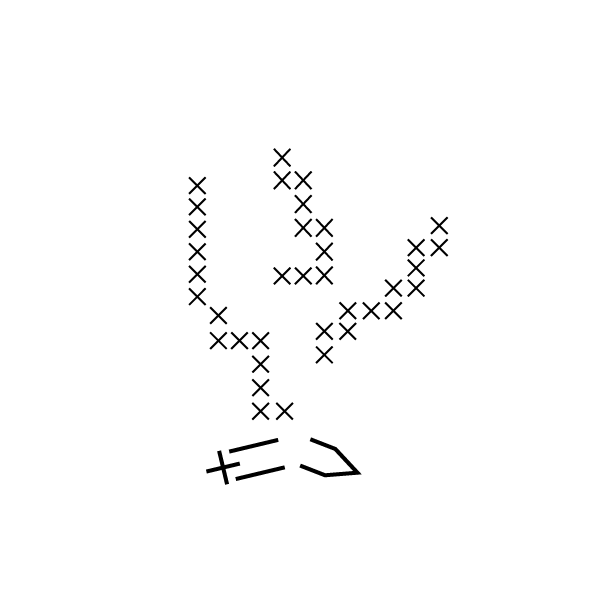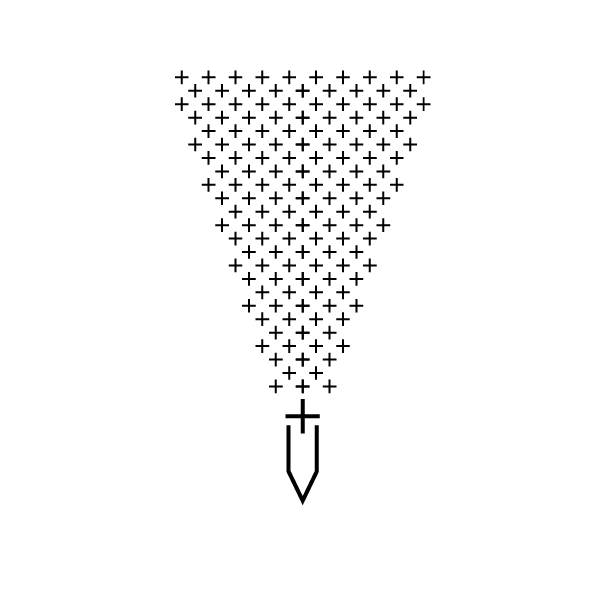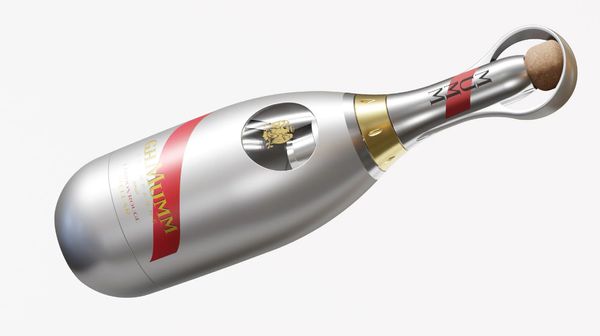Romania would buy Israel’s shekel-billion project to build an Iron Dome to protect the country. Is the Romanians’ interest serious or just a rumor?
The question of how countries can develop their air defense systems to defend themselves against possible attacks has been a priority in Eastern Europe for several years. However, what happened in the past six months significantly changed the situation. Increasingly advanced, increasingly sophisticated, and increasingly expensive solutions are needed for a country to feel at least relatively safe.

On 14 September, Romanian Defense Minister Vasile Dîncu visited Israel to check Israel Aerospace Industries, and on 15 September, Rafael Advanced Defense Systems and Elbit Systems. The first two companies’ names may not sound familiar to everyone, but they are behind the development of the Iron Dome, Israel’s advanced air defense system. The Iron Dome has been operational since 2011, but it became more well-known during the 2021 Israel-Palestine crisis. Last year the world learned about its accuracy (90%) in intercepting and destroying rockets and artillery shells fired from distances of 4 to 70 kilometers away. Moreover, the system does its tasks automatically by detecting enemy rockets and missiles and calculating their trajectories to assess whether intervention is necessary. If it is needed, the system destroys them. Israel has invested roughly $232 million in the system’s development, while the United States has contributed $1.6 billion, and another $1 billion investment is planned from Washington. This is an important fact as because of it, Israel needs the Americans’ approval if it wants to sell the technology, which costs between $150 million per battery and between $20,000 and $150,000 per interceptor missile, depending on the source.

Accurate information is not available to the public, but Romania most probably intends to boost its defense system with the Iron Dome. And Bucharest would not be the first in Central and Eastern Europe to buy this technology, as Slovakia, Hungary, and Czechia also use Israeli air defense radar systems. Moreover, Prague is also determined to incorporate the Iron Dome into the Czech defense system as soon as possible. Central and Eastern European countries must modernize, as their air defense is still very much based on the Strela and S-300 systems from Soviet times. The new air defense system of the Hungarian Defense Forces will be operational from 2023, replacing the old system dating back to 1976. Hungarians upgrade to the Norwegian Advanced Surface-to-Air Missile System (NASAMS), which is also responsible for the security of the US capital, Washington D.C, for instance.
Besides Central and Eastern European countries’ own air defense system development projects, mobilizing in the region is also a high priority for NATO. NATO has carried out only air policing in the past, but the Russian invasion of Ukraine has led to air shielding missions. As part of this mission, the United States, Germany, and the Netherlands deployed Patriot missile defense systems to Slovakia and Poland; France deployed the MAMBA air defense system to Romania, while Spain helps to boost Latvia’s defense system. In addition, combat aircraft are also being added to our region’s air defense systems: American F-35A Lightning II aircraft arrive in Estonia from their base in Germany, F-22 Raptors are deployed from Alaska to Poland, and American F/A-18 combat jets, Czech Gripens, and other German, Hungarian and Italian aircraft are sent to the Baltics.

But Ukraine is the country that needs an advanced air defense system the most. Kyiv asked Israel to provide the country with the Iron Dome system, but their request was ignored. Still, with expected American help, they will be able to defend cities with NASAMS systems. According to Zelensky, however, this step is still insufficient to protect all the important civilian infrastructure, including schools, hospitals, universities, and homes.
The lesson we can learn by evaluating the investments in recent months is that only a small part of the needed money has been invested in European air defense systems. But the Russo-Ukrainian war reminds average citizens and leaders alike that just because peace has prevailed in most of Europe for many decades, there is no guarantee that it will always be the case from now on. We cannot remain under the illusion that wars are gone forever.

Interactive show at the BME Researchers’ Night

The world’s first champagne bottle designed for space travel!










